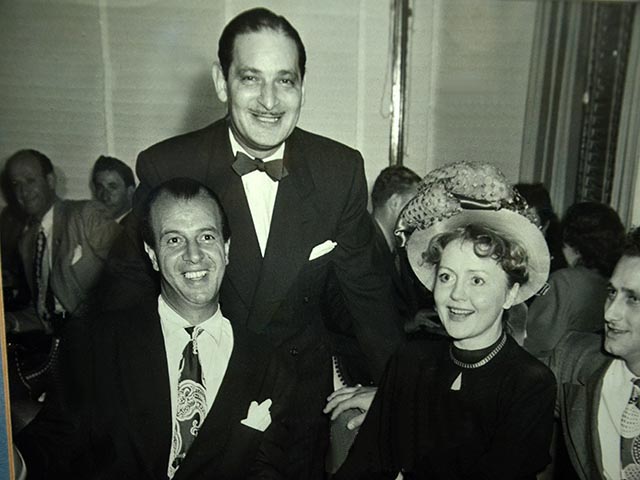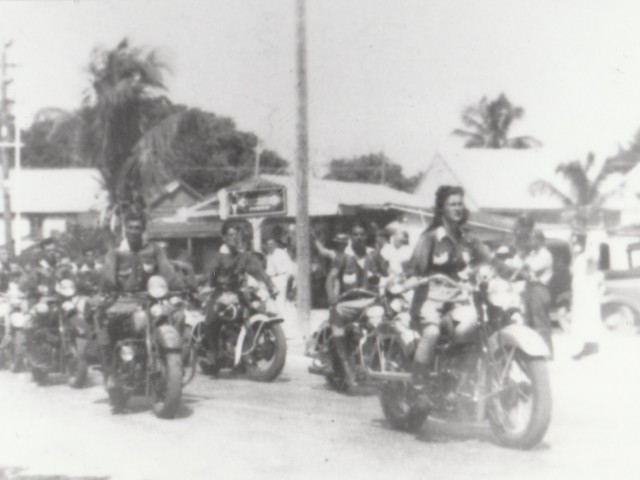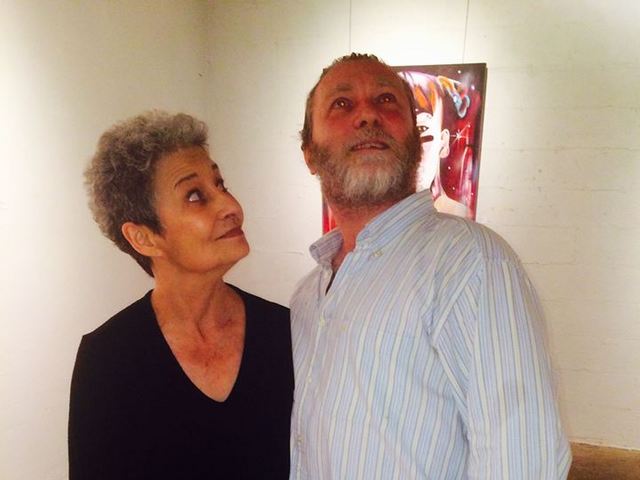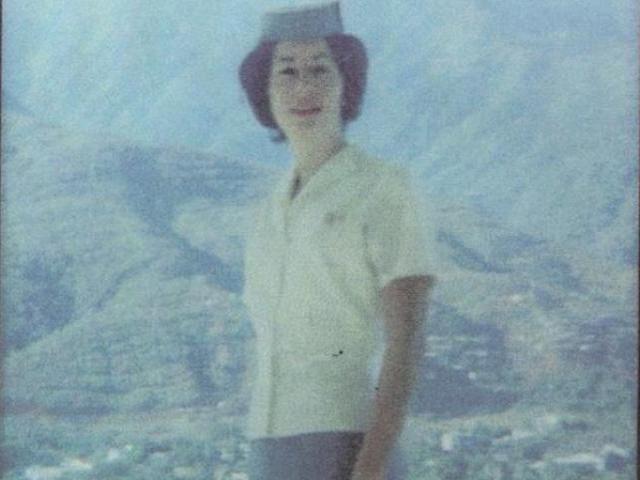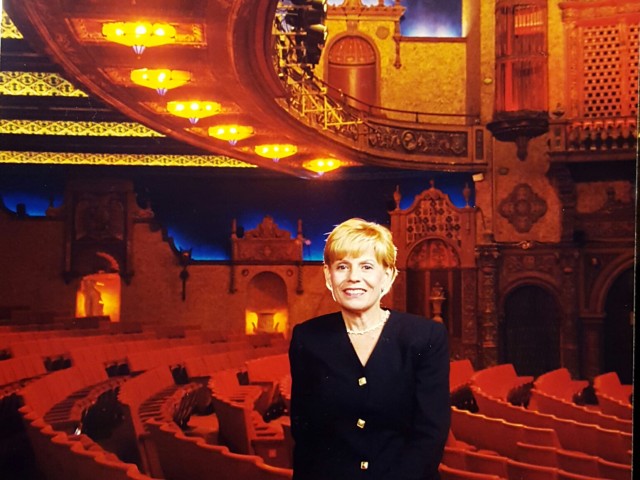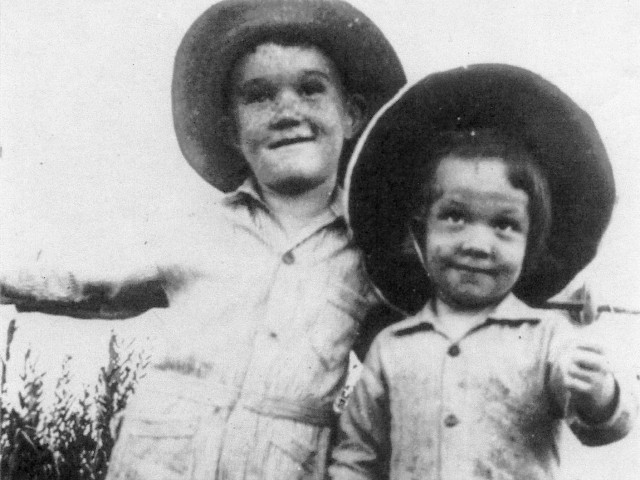I came to Miami Beach as a New York transplant along with my father Irwin, mother Fay and older brother George.
Dad was a self-taught gentleman with a sixth-grade education. Our small library was filled with Reader’s Digest books and the music of the classics. When we arrived here in 1944, the only place we could find to rent was an efficiency at 1417 Collins Avenue. I can never forget this place because in the same bed I shared with my brother, we twice found scorpions.
Dad’s first job in this beautiful resort town was working as a bookie for an illicit gambling syndicate in the South Florida area. Dad didn’t want to embarrass his family by getting arrested; fortunately the opportunity to start a fruitful career in the hotel industry came upon him.
Starting as a hotel clerk at the Edison Hotel on Ocean Drive, he quickly rose to the position of manager. I was 11 years old at the time, enjoying being able to hang out with my dad often. This is where I spent my first hurricane, helping to feed hotel guests. We opened the coffee shop with our family doing our best to operate it, with me taking the orders.
I learned a lot at that old hotel. I could run the telephone switchboard, the elevator (they were manually run), and could even man the desk to sign in the guests. As a matter of fact, that is exactly what I did on V – J (Victory over Japan) Day in 1945, when the war ended. All the staff went out to celebrate, leaving me in charge to manage the hotel. It wasn’t too long as I remember, that Dad started his move north on Collins Avenue.
The next hotel was called the Alamac. There, I learned to dance the tango at the age of 12. This beautiful blond lady who had a dance studio on the premises asked if I would like to learn. Since I I had a crush on this woman, I jumped at the chance. She had me dance with her in the evening, on the patio, where the guests enjoyed the beautiful weather. I believe she wanted to show that if she could teach a 12-year-old boy to tango then anyone could learn.
The next hotels up the line were small, twin, side-by-side structures on Collins Avenue called the Seacomber and the Surfcomber. Dad managed both at the same time. Next came a hotel south of what became the Fontainebleau . Dad’s new position was to run the Sovereign Hotel where again, I occasionally had a chance to help operate a telephone switchboard. I had a chance to meet some celebrities such Una Merkel and Charles Atlas, the bodybuilder featured on the back cover of so many comic books and magazines touting his exercise program.
Later on, the last of the hotels in my father’s career turned out to be The Raleigh, at 17th Street and Collins Avenue. It wasn’t as famous as it is today, but it was a beautiful place.
I started schools in Miami Beach at Central Beach Elementary, moving on to Ida M. Fisher Junior High, and Miami Beach Senior High at the same location. At lunch time, my friends and I would go to the Dolly Madison ice cream parlor on Española Way. Next door was a place where I would play the pinball machines and buy comic books throughout the ninth grade.
With a love for photography, I was able to convince my parents to let me attend Lindsey Hopkins vocational school (which at that time was called Miami Technical High) for 10th through 12th grades. While in school, I had part-time jobs at several movie theaters in the area; I ushered at the Beach, Lincoln, and Sheridan theaters. The pay then was 35 cents an hour.
We eventually moved out of the efficiency and rented apartments on Marseille Drive in Normandy Isle. We were close enough that my mother would suggest that she and I go fishing at all hours of the night on the 79th Street Causeway bridge. These were some of the most memorable nights I remember about my late mother.
When I got my driver’s license and dated, friends and I would travel around town to places such as the Big Wheel drive-in where we could get a whole bag of French fries for $1. We would go bowling at the Coliseum on 16th Street and Douglas Road, or across from the old Sears store at 13th Street off of Biscayne Boulevard. Swimming at the Venetian Pool was a must for me and my date. We loved the grotto cave where we could “neck” (just a lot of kissing).
After high school, I entered the military, got married, and after nine years of service returned with two sons to the place I loved the most, Miami. In the years that followed, my careers have taken me from being a business owner of “Herb’s T.V.” for over 25 years, to teaching high school starting at the age of 55 for another 19, at Miami Jackson, and later, Hialeah High.
Now as a great-grandfather of two, I am living my retirement years in South Florida where I belong. Recently, I was at a North Miami car dealership, and found on the wall a very large B&W; picture taken circa 1945 of the Edison Hotel, my dad’s first manager’s job; I could not get over it.

